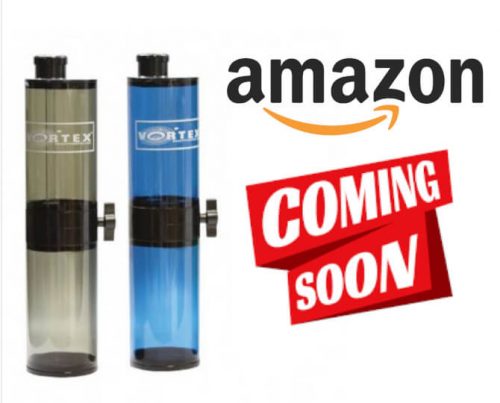Discover Premium Gravity Bongs for Sale: Elevate Your Smoking Experience with Vortex Gravity Bongs
Welcome to the ultimate destination for gravity bongs and other high-quality smoking accessories! Our extensive collection of gravity bongs offers a unique and enjoyable smoking experience for both beginners and seasoned enthusiasts. Explore our wide range of gravity bongs, learn about their features, and find out why you should choose one from our collection. Let’s dive into the world of gravity bongs and enhance your smoking experience like never before.

Discover Our Wide Range of Gravity Bongs
Our online store features a diverse selection of gravity bongs, including various sizes, materials, and designs. Whether you’re looking for a classic design or a cutting-edge innovation, our collection has something for everyone. Choose from glass, acrylic, and silicone gravity bongs, each crafted to provide an unparalleled smoking experience.
Why Choose a Gravity Bong from Our Collection
Our gravity bongs stand out from the competition due to their:
Gravity Bongs for Sale:
High-Quality Materials
We use only the finest materials in our gravity bongs, ensuring durability and longevity. Our glass bongs are crafted from borosilicate glass, which is highly resistant to heat and breakage, while our silicone and acrylic bongs are made from food-grade materials for a safe and enjoyable experience.
Innovative Designs
Our collection features both traditional and modern designs, incorporating the latest innovations in smoking technology. These innovations provide smoother hits, easier cleaning, and an overall improved smoking experience.
Affordable Prices
We believe that everyone should have access to high-quality smoking accessories without breaking the bank. Our competitive pricing ensures that you get the best value for your money when you buy a gravity bong from our collection.
Exceptional Customer Service
Your satisfaction is our top priority. Our dedicated team of experts is always ready to help you find the perfect gravity bong and answer any questions you may have. We stand by the quality of our products and offer a customer satisfaction guarantee.
How to Use a Gravity Bong
Using a gravity bong is simple and provides a powerful smoking experience. Follow these steps to get started:
- Fill the larger container with water.
- Place the smaller container or bottle inside, submerging it partially in the water.
- Attach the bowl to the top of the smaller container or bottle.
- Pack the bowl with your preferred smoking material.
- Light the material while slowly lifting the smaller container or bottle, drawing the smoke inside.
- Remove the bowl, place your mouth over the opening, and inhale as you push the smaller container or bottle back down into the water.
Popular Gravity Bongs in Our Collection
Some of our best-selling and most popular gravity bongs include:
- The Vortex Gravity Bong
- The Gravitron Gravity Bong
- The Glass Gravity Bong
- The Silicone Gravity Bong
Explore these popular options and more on our website!
Buy Bongs Online – Our Extensive Collection
In addition to gravity bongs, our online store also offers an extensive selection of other bongs, such as water pipes, percolator bongs, and more. Browse through our collection and find the perfect bong to suit your needs and preferences.
Why Shop with Us for Your Bong Needs
When you choose to buy bongs and gravity bongs from our online store, you’ll enjoy:
Fast & Discreet Shipping
We understand the importance of receiving your order quickly and discreetly. We offer fast shipping and ensure that your products are packaged discreetly for your privacy.
Secure Payment Options
Our website uses secure payment processing to protect your personal and financial information. Shop with confidence, knowing that your transactions are safe and





